Many people would agree that the best job ever invented was that of a storyteller. Storytelling has been a fundamental aspect of human culture for centuries, serving as a means of preserving history and, at the same time, entertaining audiences. Even though nowadays the term is overly exploited, there are still real storytellers out there, people who dig deep into archives and bring hidden stories to life.
Elyzabeth is one of them. She is a storyteller at heart, a writer and poet and one-of-a-kind tour guide in Amsterdam. I’ve met her a few years back, when I joined her for the Badass Women tour – the only one she was offering back then. In the few years that followed, Elyzabeth set the foundation of her company Badass Tours and created more themed tours in Amsterdam. They added a canal belt tour of stories across LGBTQ+ history and a Plantage tour of LGBTQ+, BIPOC, and Jewish people. This month, Badass Tours launches a new concept, a Self-Curated Walking Tour. This is a tour that people can do at their own pace and in their own time, curating the stories they want to hear and their order. Pretty great for introverts, I would say, but not only!
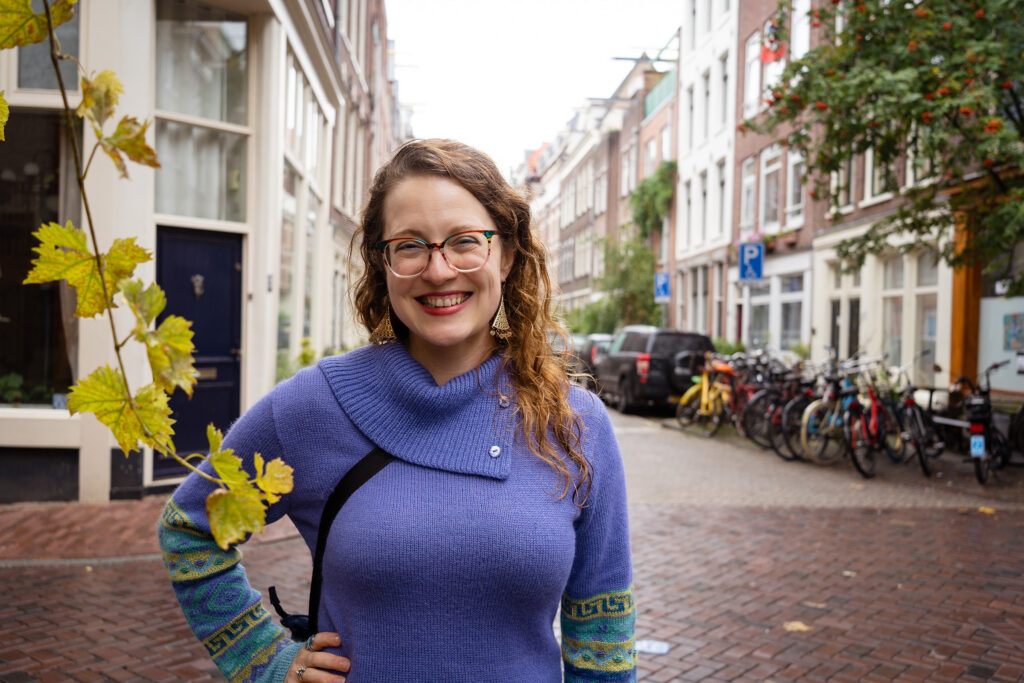
Badass Tours focus on people: badass people from the past who shaped the city (and sometimes the world), who brought change and fought for it, who are more or less known in the mainstream history. When you join one of their tours, you are invariably fascinated by the stories you hear. Even locals discover stories and people that they never heard of and learn how to look at their city in a different way.
One thing I love about Elyzabeth’s tours is that she talks about those people as if she almost knew them personally. As a writer, I understand why she would become so attached to her characters – even though I’ve only dealt with fictional characters in my stories, and the ones from hers are real people who lived in Amsterdam in the past.
Elyzabeth is also a writer. She writes stories, both fiction and historical stories for performances. I absolutely love the Ask a Badass section of her website, where she writes historical fiction: advice columns as told by badass women from history. She is also performing at at Mezrab, being in her element on stage, telling stories to a captivated audience.
I’m glad she agreed to take part in my new series of interviews with creative people. Join us as we delve into the captivating world of storytelling, creativity and Amsterdam.
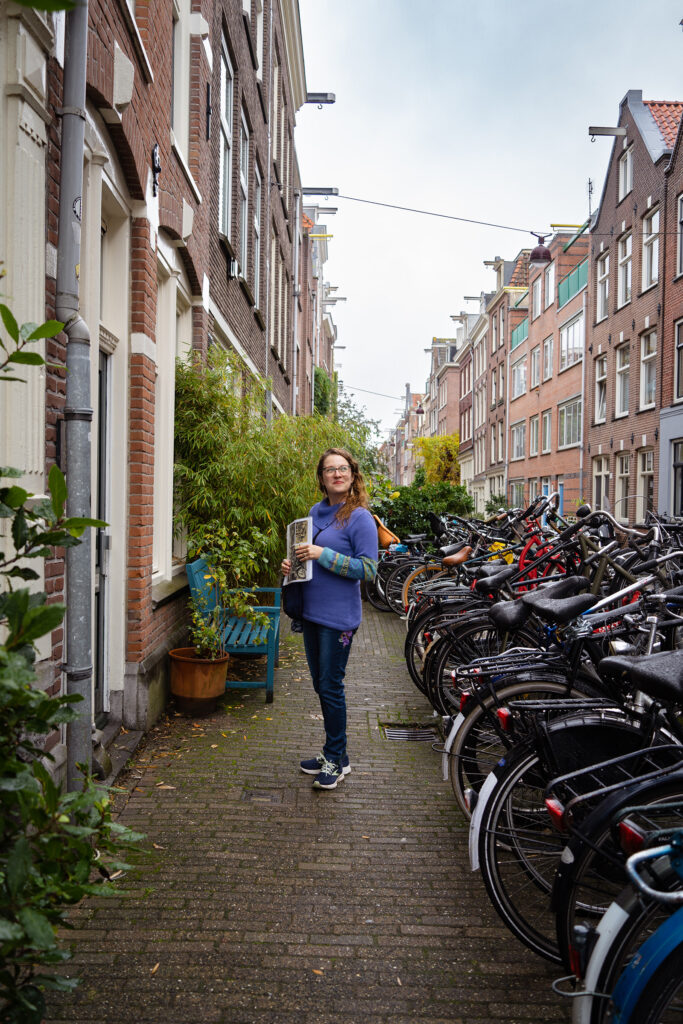
“I’d like to be remembered as a kind person who inspired people. You know, Amsterdam is a city that has been shaped by its immigrants. I hope that I’ll join a long chain of people who left this amazing city a little better than when they found it.”
Thanks for agreeing to this interview! Could you start by telling me about yourself?
E: Thanks for interviewing me! I’m an American who moved to Amsterdam after a career in New York theatre. I wasn’t sure what to expect, but I ended up falling in love with the city almost immediately. To this day, I think it’s a truly special place.
Where does your love for storytelling come from?
E: Well, theatre obviously played a huge part. I trained in drama from a young age and went to theatre training for university. I’ve also always been a huge reader. When I was a kid, the library would let you take out up to 25 books every two weeks and I still remember that number because I would hit the limit every time. Between the two, I guess I’ve always been obsessed with the different ways people tell stories.
What made you want to start Badass Tours?
E: The practical answer is that I’d been researching and writing pieces about women in history in New York. When I moved to Amsterdam, I was shocked to discover its history has these amazing women who changed the world but are only written about in Dutch. The thing that drives me, though, is the way missing historical stories distort our present. And it’s not just that bigots use those historical lies, though they do. It’s the way it affects the people (not) represented. During the darkest point in my life, it gave me so much comfort to discover a poet like me, even though she’d lived in the 17th century.
I know you are doing a lot of research work before creating the tours. Tell me more about it.
E: In one sense, it’s impossible to say how long it takes. I’m always reading Dutch history and going to museums. I have Trello boards full of pictures I’ve taken at exhibits around the country and a database of Amsterdam places more than 500 strong. But when I sit down to investigate a new subject matter, it takes months of research. I want to see the whole topic before I start to narrow down what stories I’m going to tell.
There are these amazing resources here in Amsterdam. The OBA (the public library) is great, as is the Uva (University of Amsterdam) library, but even better are resources like the Stadsarchief (City Archive), IHLIA (the LGBTQIA archive), Atria (the women’s archive), the Black Archives, and the Jewish Cultural Quarter. Next, I have to practise the stories to get a sense of what is important in each story. Luckily, Mezrab House of Stories keeps inviting me for storytelling performances. Their audience is so responsive that I can always tell when people are leaning in and when I’ve lost them.
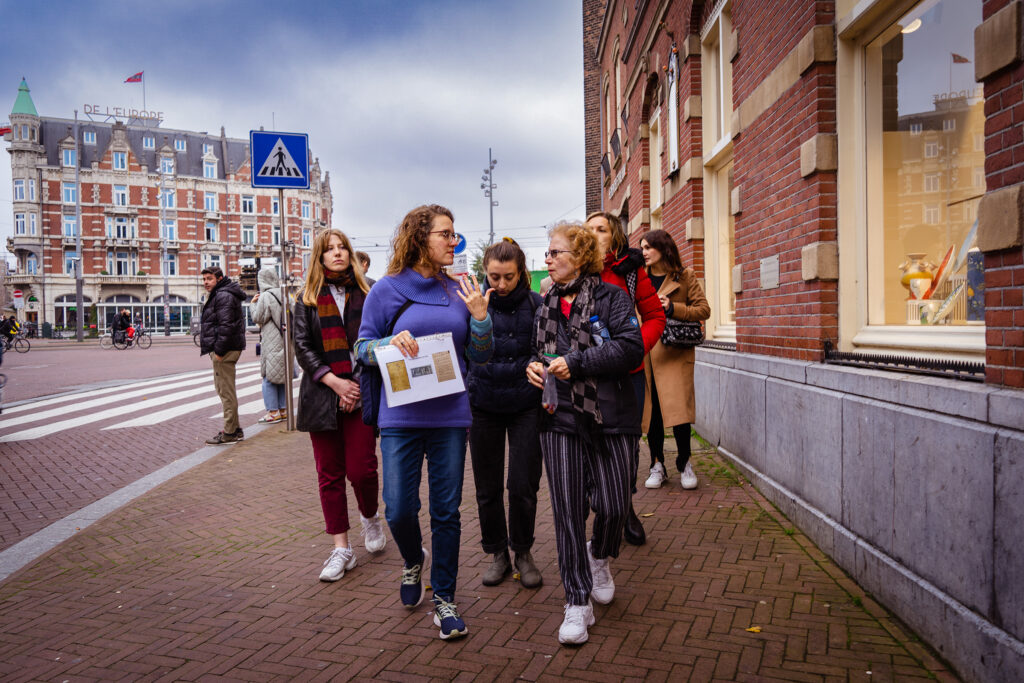
What is the best thing about being a tour guide?
E: Hearing other people’s stories, of course! There are guests who I’ve thought about for years, from the guy who told me his theory of historical optimism to the lesbian couple from a repressive country who were hearing LGBTQIA history for the first time. I’ve been incredibly lucky to have amazing people share their thoughts and experiences with me.
Can you choose just one of your favourite tour subjects and tell us a bit about them?
E: Bet van Beeren was one of the first historical Amsterdammers that really caught my imagination. She founded Cafe ‘t Mandje, the first modern gay bar in Amsterdam. She was this protective person who took care of her community and joined the Resistance, plus she just looked so cool. I definitely idolised her, so I was a bit heartbroken when I came across a video of her sister, who was a tough old-school Amsterdammer, describing her drinking problems and issues relating. But I soon realised that the fact that Bet wasn’t superhuman makes her story even more inspiring for the rest of us flawed human beings.
Tell me a bit about your new idea, the Self-Curated Walking tours.
E: We want to spread the histories of BIPOC, LGBT+, Jewish and female Amsterdammers far and wide, but there are people who can’t take a group tour due to mobility, neuroatypical conditions, disability, cost or just plain preference. We started with the idea of developing an app for these stories and made two important discoveries.
The first was that people don’t like downloading apps when they’re travelling, so instead of an app, we built a gated website. It runs off a browser and doesn’t steal your data, but it functions like an app. The second was that we could build a platform to let people follow their curiosity. So instead of a tour that follows one theme, like BIPOC history, we explore neighbourhoods and let users choose stories from BIPOC, LGBT+, Jewish and women’s history at each stop. We have plans to launch themed tours later, but we’re launching the website and our first neighbourhood tour on February 28. You can find it at Badass Tours (But not the app store, because it’s not an app!)
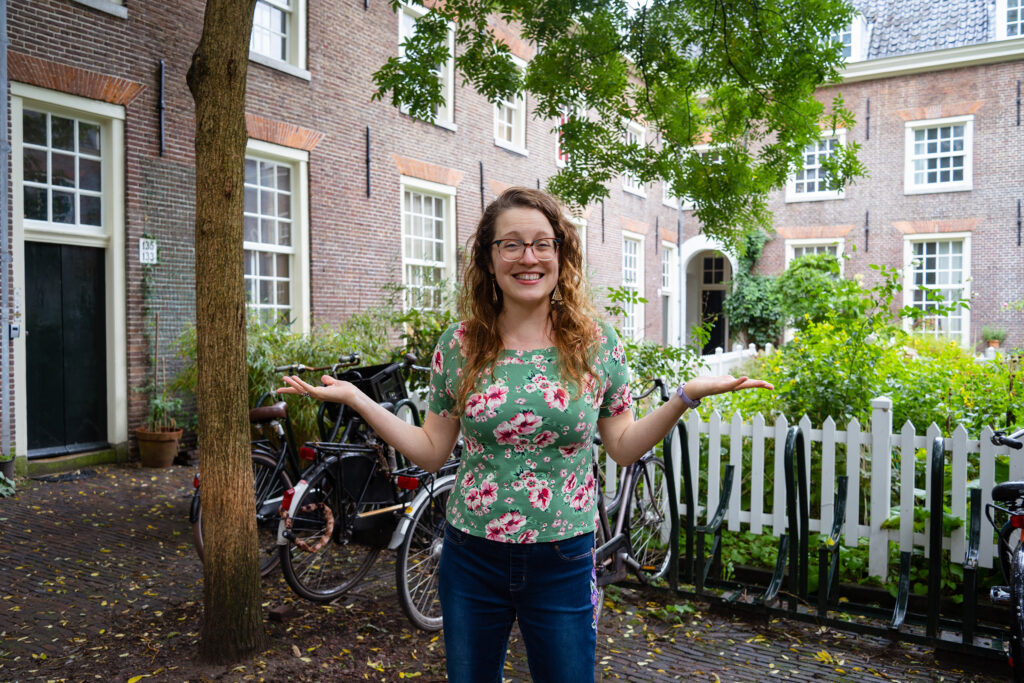
What was the biggest obstacle you encountered in your journey as a creative?
E: As a theatre creative, money was always the issue. Rehearsal space is expensive and theatre rental even more so. The more I worked, the more the actors I wanted to work with were union members, which meant following an expensive contract even for developmental pieces. There are virtually no subsidies in the US and the cost of living was really high in cities long before the pandemic. And all this is before getting into the question of being supported by your art. One of the blessings of moving into storytelling and fiction writing is that the creative act itself is all mine. There are still challenges of getting better and getting my work to a larger audience, but it is pure joy to be creative every day.
Were you ever discouraged? (and how did you overcome it)
E: When I was a teen, my friend’s mom said “in order to be it, you have to see it”. I didn’t really understand what she meant, but I was living it. I wanted desperately to be a writer and a couple of my plays had even been produced, but I was so discouraged by the gap between my work and the plays I admired that I stopped writing altogether. I didn’t have anyone like me who I could look to. As far as the world around me was concerned, there were no female writers before 1970 except Jane Austen and Virginia Woolf. If I’d known of all of the women across history – thousands in the Netherlands alone! – I think it might have been easier to picture a path for myself. As it was, I became a theatre director so I could help shape and support other writers and that eventually led me back to writing.
What is creativity to you?
E: Creativity is the fuel for our fire and the lens through which we see the world.

What is your favourite accomplishment?
E: I got a fellowship that, among other things, allowed me to study at the Folger Shakespeare Library. I researched Shakespeare’s sources and early female writers, which led to a play about the women in Shakespeare’s War of the Roses and – eventually – Badass Tours.
You tell so many stories about badass people from the past. Do you ever think about how do you want people to remember you?
E: I’d like to be remembered as a kind person who inspired people. You know, Amsterdam is a city that has been shaped by its immigrants. I hope that I’ll join a long chain of people who left this amazing city a little better than when they found it.
What are your favourite five places in Amsterdam?
E: 1. The Begijnhof. I didn’t know what it was when I first wandered in and I thought it was stunning. Knowing that it is a place that connects female intellectuals, artists and scientists across time just makes it even more special.
2. Mezrab House of Stories. Before I started telling stories myself, I was drawn to Mezrab for the community they’d created there. I go there so often and still find myself amazed at what a welcoming place it is.
3. Anton de Komplein. We had to go to the gemeente office here when we’d just arrived and the monument to Anton de Kom made me feel like I was in the right place, even though I didn’t know then that he was the pioneer of what I’d be doing in Amsterdam: telling its untold history.
4. Sarphatipark. It’s lovely, but I also like that it’s a monument to someone who spent his life trying to make Amsterdam healthier and more beautiful.
5. Dignitas. The whole courtyard is a beautiful setting for institutions that are trying to do good in the world and the food is divine!
__
Elyzabeth Gorman — Storyteller, Tour Guide
Follow Badass Tours on Instagram
Amsterdam, 2023
—————————————————————–
Stay tuned for more and follow Amsterdamian on Instagram and Facebook for daily stories about life in the Netherlands. Please share this post if you liked it!
Check out my photo book: Amsterdam Through the Seasons!
Subscribe to our newsletter!


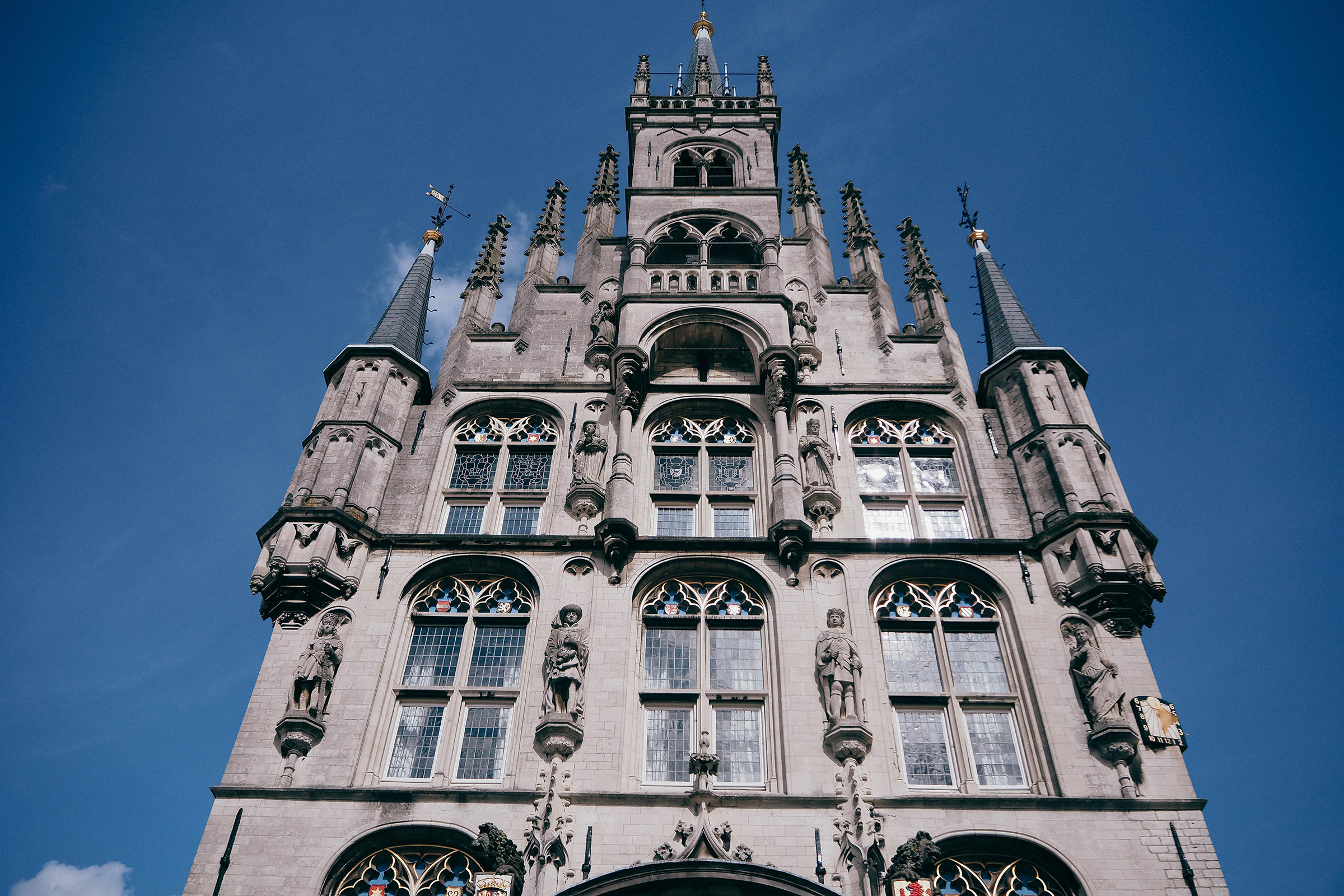

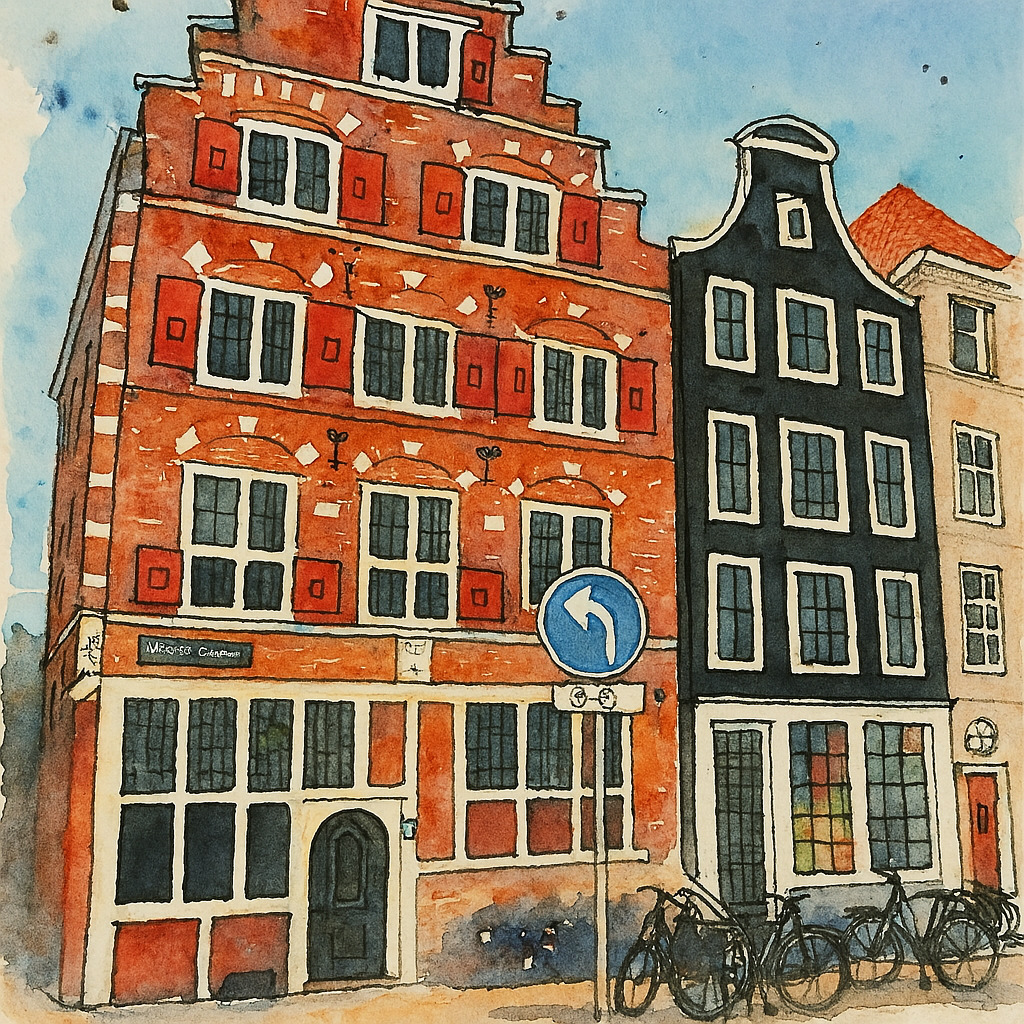
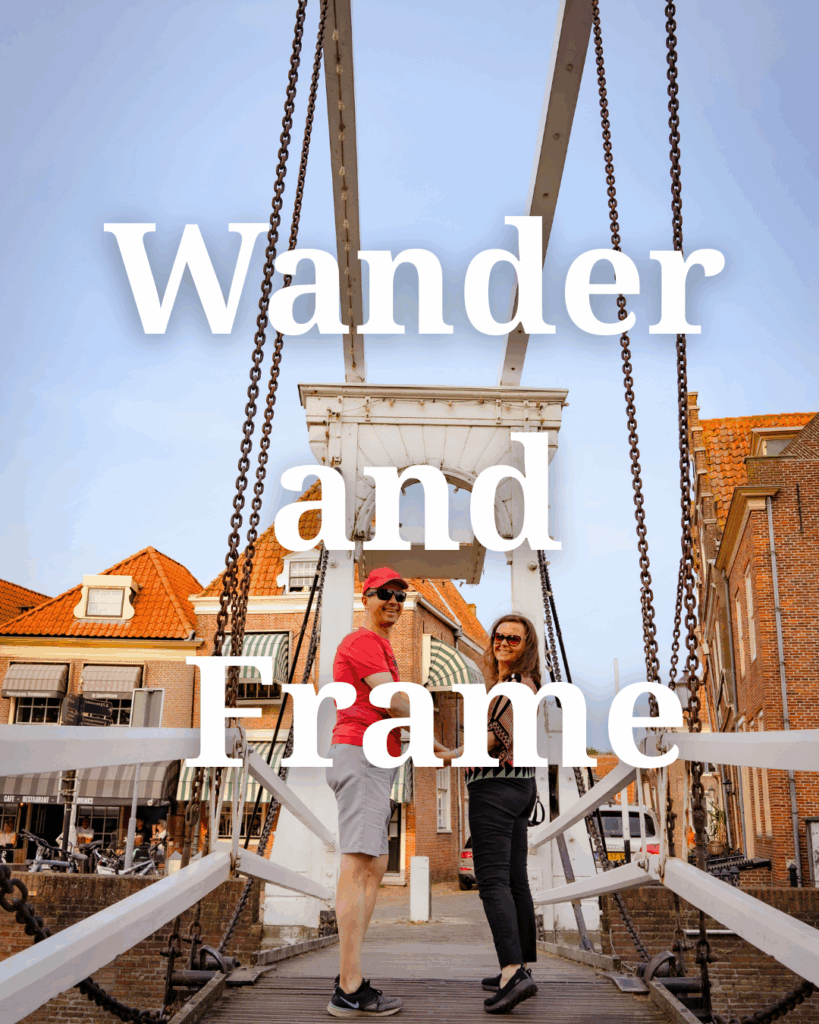

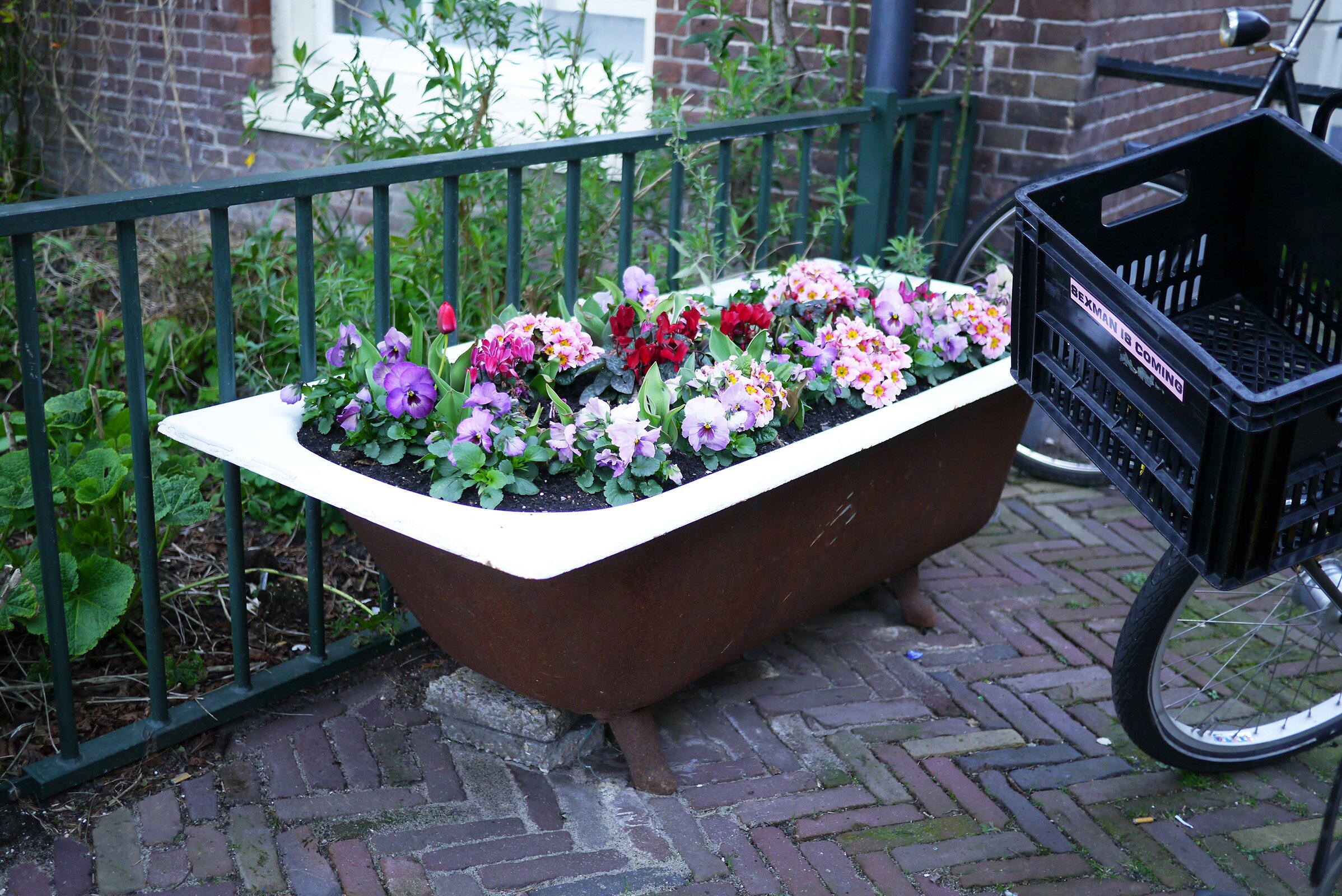


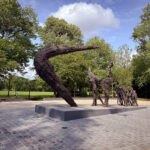
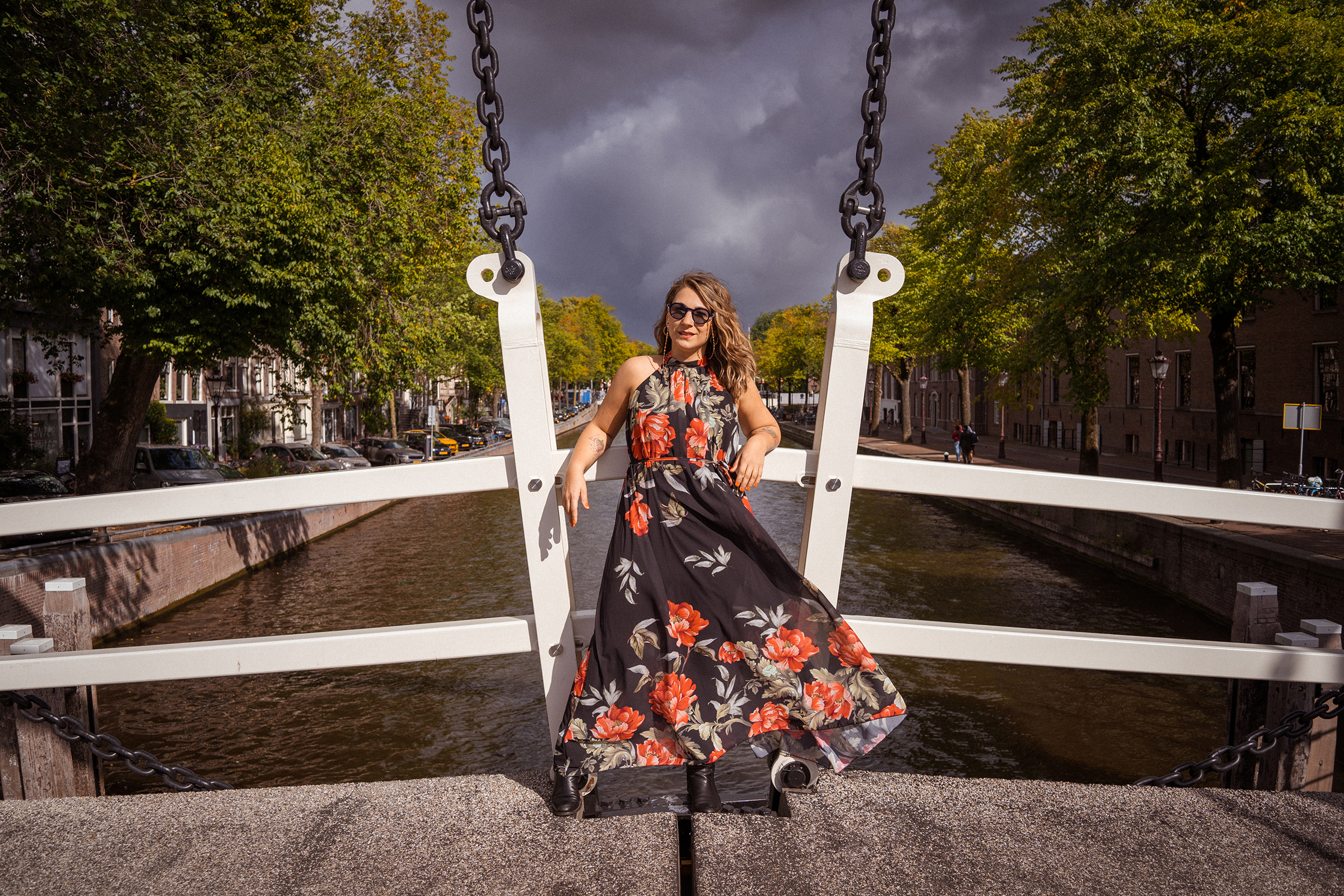
Trackbacks/Pingbacks